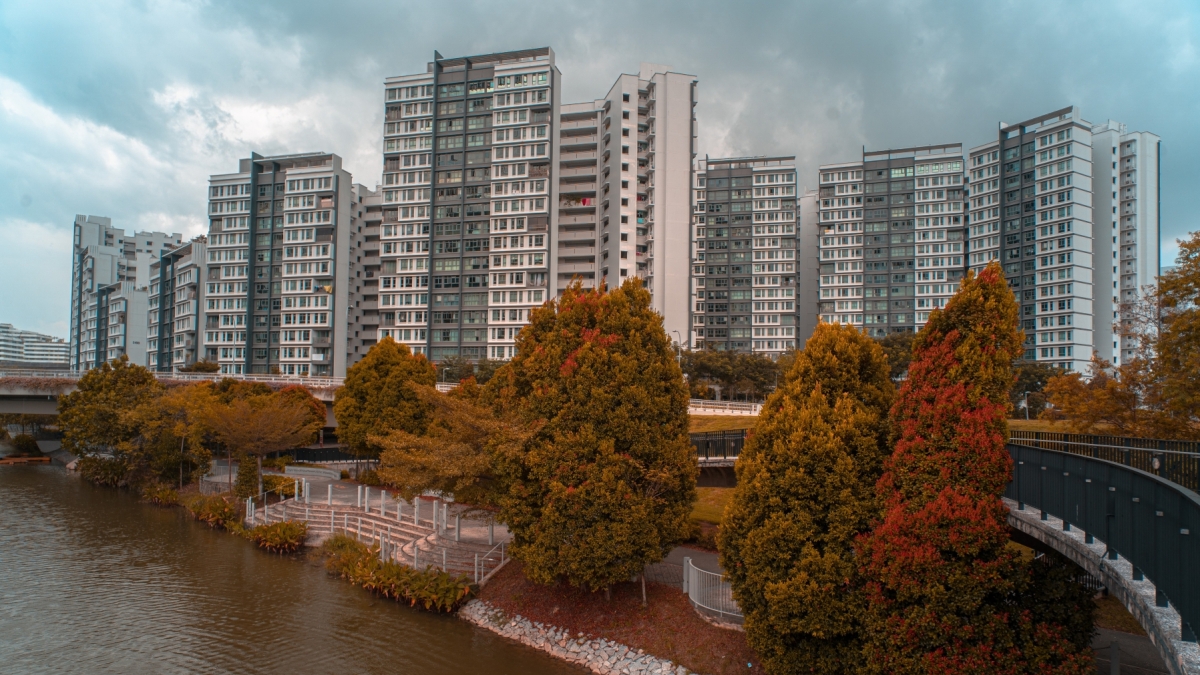 Photo by Ivan Yeo on Unsplash
Photo by Ivan Yeo on Unsplash
HDB vs Private: Which market will be more affected by the new cooling measures
The new measures are aimed at ensuring prudent borrowing and moderating demand.
Compared with the HDB market, the effect of the new cooling measures will be relatively mild for the private residential market, RHB said.
This is because most of the recent measures were targeting the high-end HDB resale market.
“The key focus area of measures, in our view, is to keep the HDB market, which is home to 78% of the population, affordable,” RHB said.
Citing an OrangeTee & Tie report, RHB said 231 HDB flats have crossed the $1m threshold in the first eight months of 2022.
“The introduction of a 15-month wait out period for private residential property owners PPOs and LTC lowering of HDB loans should cool this demand at the top end of the HDB market in our view,” RHB said.
READ MORE: Resale market likely to slow down following new cooling measures: property expert
“HDB resale prices are up 5% in 1H22 after a 12.7% increase last year but should slow down to more flattish levels in 2022. HDB resale transactions have fallen 16% in 8M22, and we expect it to fall by 20% for the full year,” the analyst added.
On the private property side, RHB said the mass market will feel the impact of the new measures since the higher interest rate assumption in total debt servicing ratio (TDSR) computation will likely lower maximum affordability levels.
“We think these measures should also cool down some of the frenzy and fear of missing out or FOMO sentiment seen in new launches, with marginal slowdowns seen on private property prices,” RHB said.
Under the new measures, the medium-term interest rate floor will increase by 50bps to compute TDSR) and mortgage servicing ratio or MSR.
Given the new measures and their impact, RHB expects full-year new home sales to come in at the lower end of their 8,000 to 9,000 units forecast. Meanwhile, the analyst also sees a 15% to 20% decline in overall resale transitions.
























 Advertise
Advertise






